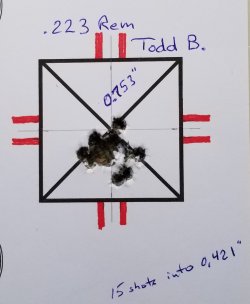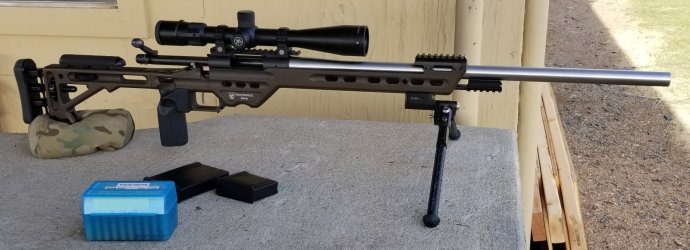VenatusDominus
Well-Known Member
I believed that seating depth had an effect on barrel harmonic. It just makes sense and I can wrap my brain around it. But recent data with larger samples sizes suggests it might not. If I can get the same accuracy without fussing with seating depth, then why do it? Erik Cortina, Keith Glasscock and many others have posted videos on how seating depth is critical to accuracy. Their conclusions were all based on small groups. Recently Keith tested seating depth effects on accuracy with large groups in a controlled study and discovered his conclusions base on his small groups did not hold up. Yes, Erik wins by fussing over seating depth, no argument, but based on Keith's results, Erik may have shot the same groups with any of the seating depths from his ladder.Then what your seeking is a totally different subject than handloading. If you want to know why barrel harmonics affect seating depths then you will have to research or set up your own testing.
The goal of handloading is to find the combination of components that get the results you want in your rifle. The various processes to get there are well documented science.
Last edited:


